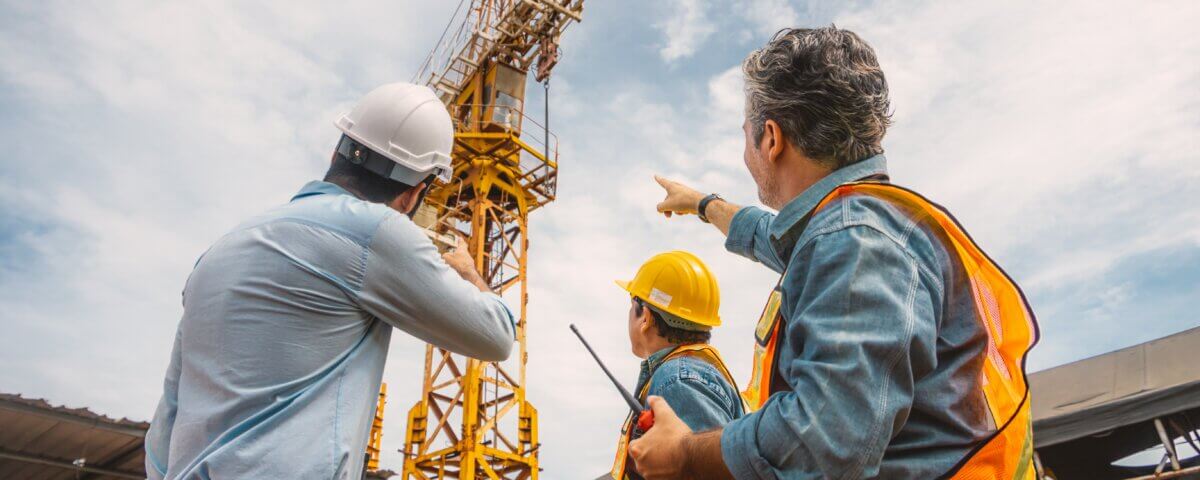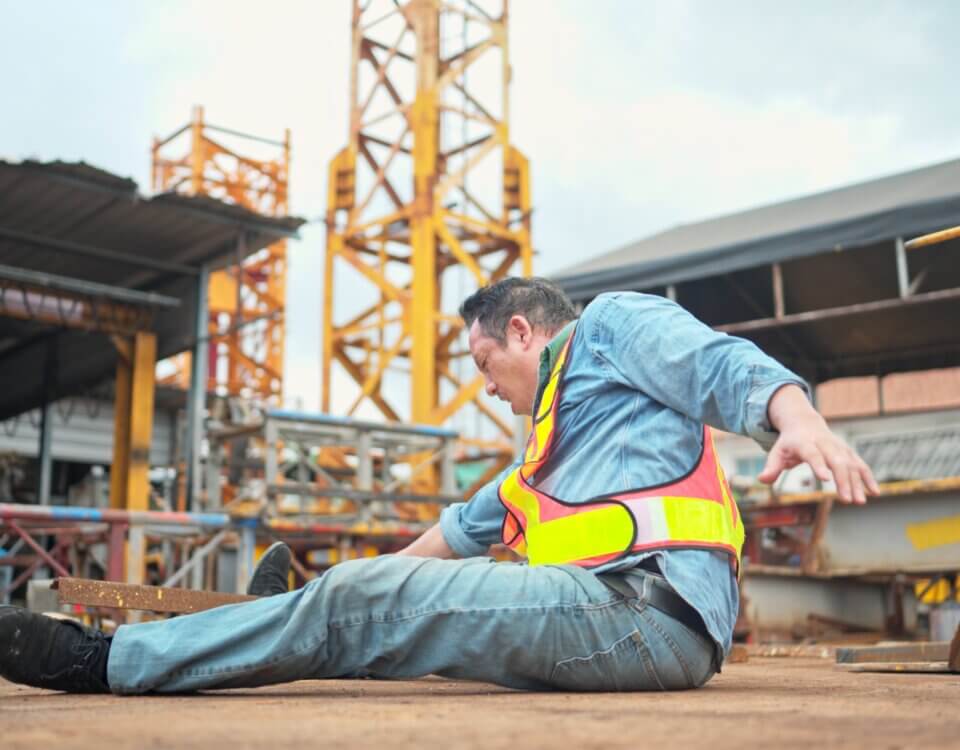Crane accidents are among the most dangerous incidents on construction sites. Certain types of accidents occur more often than others, and knowing these risks is important for both prevention and legal action.
The most common crane accidents include tip overs when the crane loses balance, loads dropping unexpectedly, collapse of the boom or structure, contact with overhead power lines, workers being struck by moving parts or falling objects, falls from the crane, and transportation crashes involving cranes. These incidents usually happen because of equipment failure, overloading, poor planning, improper setup, or weak safety protocols.
Why They Happen
Boom or structural collapse often occurs when a crane is stretched beyond its limits or overloaded. Dropped loads happen when items are not properly secured or when weight limits are exceeded. Tip overs may result from strong winds, uneven ground, misuse of outriggers, or excess load. Contact with power lines can cause severe injuries when safety clearances are ignored. Struck by accidents arise when workers are hit by crane parts, swinging components, or falling loads. Worker falls can happen during operation or maintenance, especially when proper fall protection is missing. Transportation incidents occur when cranes collide during movement, highlighting the need for clear communication and careful maneuvering.
Legal Significance
Understanding how and why these accidents happen is critical for legal cases. Clear evidence of negligence, such as ignoring safety standards or overloading equipment, strengthens liability claims. Determining responsibility may involve operators, site planners, maintenance crews, or even equipment manufacturers. Documenting unsafe practices is often the key to ensuring injured workers or their families receive fair compensation.
Summary
Crane accidents often involve tip overs, dropped loads, boom collapses, power line contact, struck by injuries, worker falls, and transportation crashes. These accidents are frequently preventable with proper planning, training, maintenance, and enforcement of safety standards. For those harmed by crane accidents, understanding the causes provides a stronger foundation for legal action and the pursuit of justice.
Note: These blog posts are created solely for the use of Hillstone Law. The information is gathered from internet research, publicly available sources, and artificial intelligence (AI) tools such as ChatGPT. While we aim to share helpful and educational content, Hillstone Law does not independently verify every detail. Some information may be incomplete, outdated, or subject to change without notice. If you believe any part of a post is inaccurate, misleading, or infringes upon copyright, please contact Hillstone Law immediately so we can review it and take appropriate action, including correction or removal.
Disclaimer: The material provided in these blogs is for general informational purposes only and should not be considered legal advice. Reading these posts does not create, and is not intended to create, an attorney-client relationship with Hillstone Law. Our intent is to share knowledge, raise awareness, and provide helpful resources to the public; however, Hillstone Law makes no warranties or guarantees about the accuracy, completeness, or reliability of the information provided, and expressly disclaims liability for any actions taken in reliance on it. The photos used in these posts are for illustrative purposes only and do not depict actual clients, individuals, or incidents unless expressly stated. If you or a loved one has been injured in an accident, please contact Hillstone Law at (855) 691-1691. Our attorneys are available to answer your legal questions and help you understand your rights.


